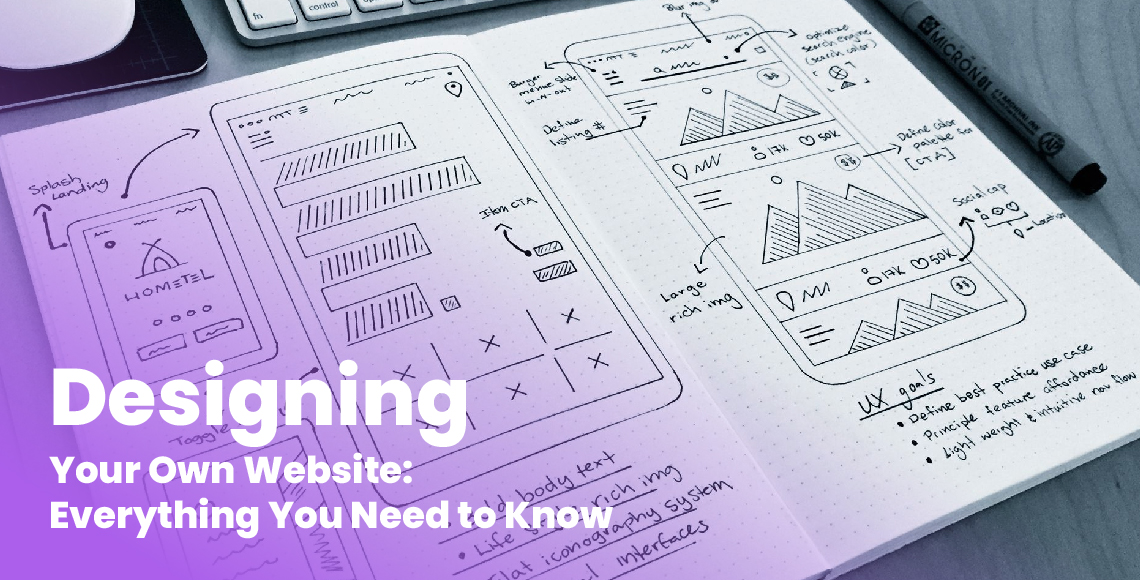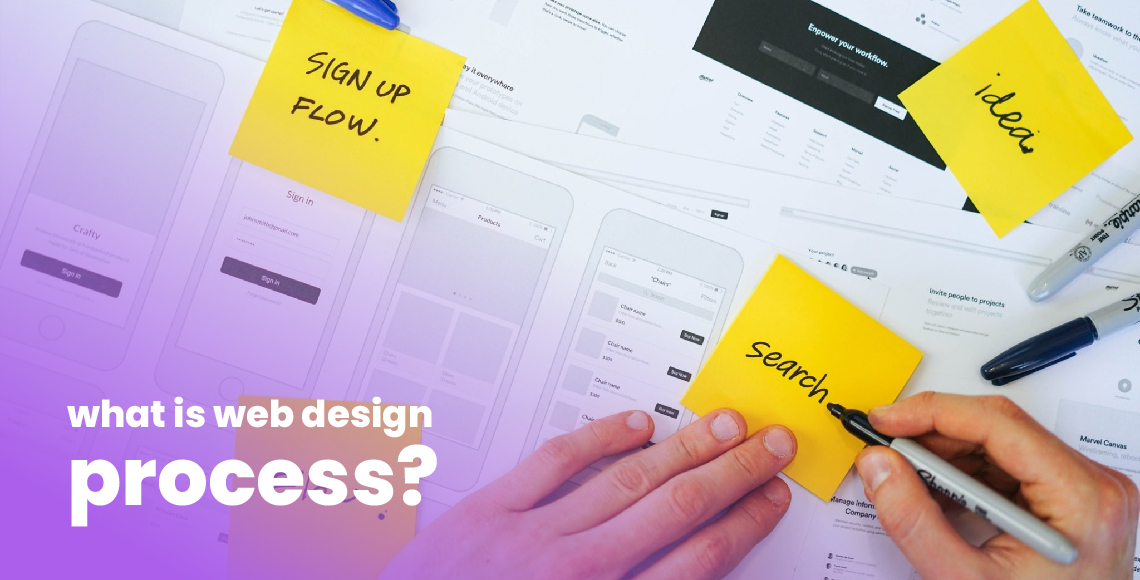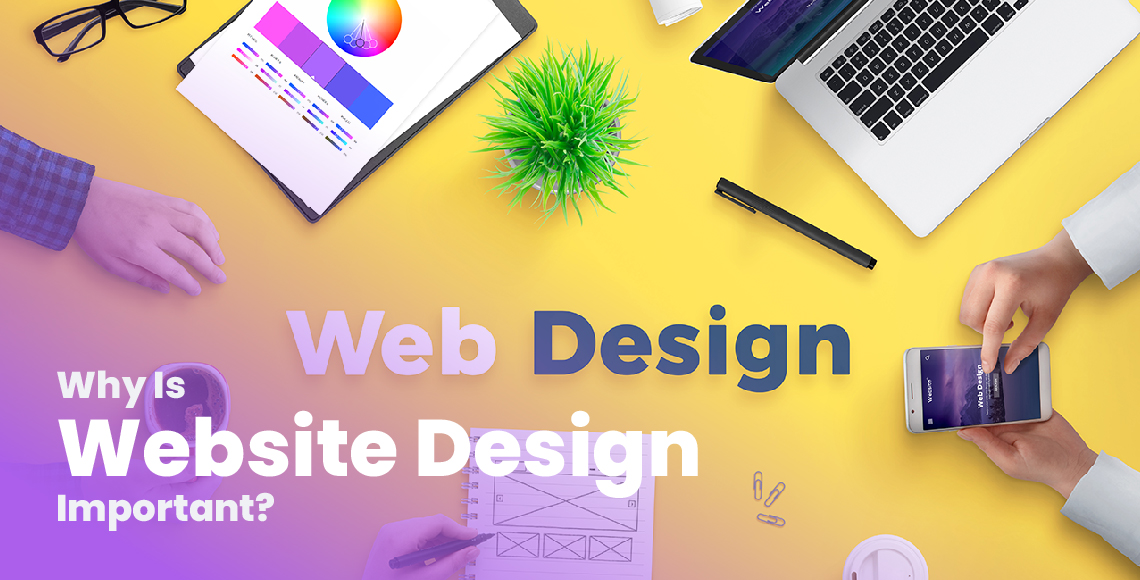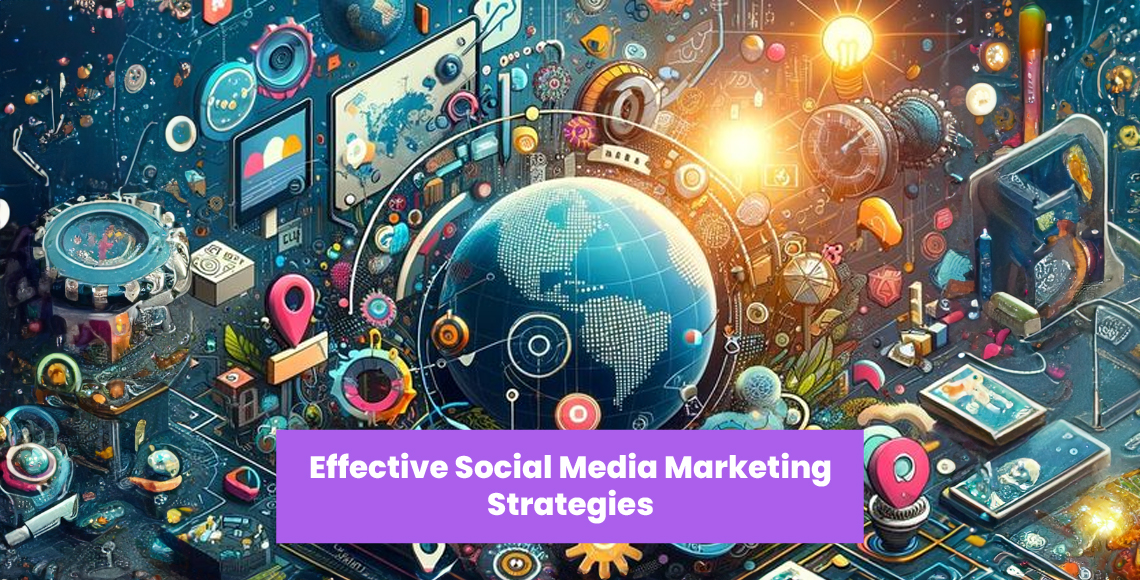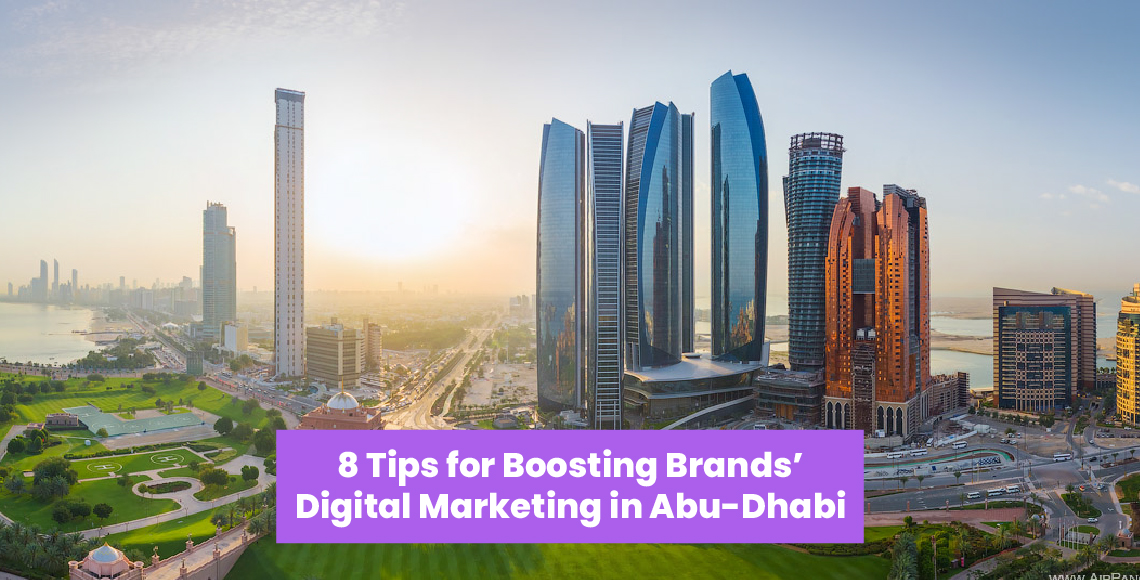Website Design today is very important. As having a strong online presence is essential for individuals and businesses alike. One of the key elements of establishing an online presence is having a well-designed website.
A website acts as a digital showroom, representing your company and giving site visitors useful content. If you’re considering designing your website, this comprehensive guide will equip you with everything you need to know to get started.
what is Website design process?
The website design process involves several key steps to ensure the creation of a functional, visually appealing, and user-friendly website. Here is a breakdown of the typical website design process:
1. Defining Your Website’s Purpose
Before diving into the website design process, it’s crucial to identify your goals. Determine the purpose of your website; is it to showcase your portfolio, sell products, or provide information? Understanding your objectives will help shape your design decisions.
2. Choose Suitable Platforms
Selecting the right platform is fundamental to the success of your website. And there are many Content Management Systems (CMS); like WordPress, Wix, and Squarespace that offer user-friendly interfaces and a wide range of customizable templates to suit various needs.
Consider factors such as ease of use, scalability, available features, and cost when making your decision.
3. Plan Your Website Structure
A well-structured website is user-friendly and easy to navigate. Create a sitemap to outline the main pages and subpages you want to include. This will ensure that your visitors can find the information they need quickly and efficiently.
4. Responsive Design
In the era of mobile devices, responsive design is crucial. Make sure that your website looks and works properly on a variety of screen sizes and mobile devices. Responsive design improves user experience and helps with search engine optimization (SEO).
5. Visual Appeal
The visual appeal of your website can make or break its success. Choose a color scheme that aligns with your brand and creates a visually pleasing atmosphere. Use high-quality images, videos, and graphics to engage your audience. However, be cautious not to overcrowd your website with excessive visual elements.
Aesthetics play a vital role in capturing visitors’ attention and creating a positive first impression.
When designing your website, consider the following elements:
● Color Scheme and Typography
Pick a color palette that complements your business identity and conjures up the ideal feelings. Use contrasting colors to create visual interest and ensure text readability. Select typography that is legible across different devices and sizes while reflecting your brand’s personality.
● Layout and Visual Hierarchy
Design a clean and organized layout that guides visitors’ eyes to the most important elements of your website. Establish a clear visual hierarchy by using larger fonts, bold colors, and ample whitespace. This will help users quickly grasp the key messages and navigate through your content effortlessly.
● Imagery and Graphics
Incorporate high-quality images and graphics that enhance your content and resonate with your target audience. Use original photographs, illustrations, or carefully selected stock images to add visual appeal and reinforce your brand identity.
● Responsiveness and Mobile-Friendliness
With the majority of internet users browsing on mobile devices, ensuring your website is responsive and mobile-friendly is important. Optimize your design to adapt seamlessly across different screen sizes, maintaining usability and visual integrity.
6. Compelling Content
Great website design is not just about aesthetics; it’s about delivering valuable content to your audience. Craft compelling copy that communicates your message and captivates your visitors. Make your text scannable by using headers, subheadings, and bullet points.
7. User-Friendly Navigation
A positive user experience depends on intuitive navigation. Design a clear and easily accessible menu that guides visitors through your website. Place important information where users expect to find it, such as the logo linking to the homepage.
8. Optimize for SEO
To ensure your website ranks well in search engine results, optimize it for SEO. Research relevant keywords and incorporate them into your content, headings, meta descriptions, and URLs. Create unique page titles and use alt tags for images. Building quality backlinks and optimizing page load speed are additional SEO strategies to consider.
9. Test and Iterate
Once your website is live, gather feedback from users and track its performance using analytics tools. Analyze user behavior, such as bounce rate and time spent on each page, to identify areas for improvement. Continuously iterate and make necessary adjustments to enhance your website’s performance.
10. Maintain and Update
Congratulations! Your website is ready to go live. Make sure to choose a memorable domain name and a reliable web hosting service to ensure your website is accessible to visitors.
Regularly update your website with fresh content, monitor analytics to track performance, and address any technical issues promptly.
A well-maintained website will continue to attract and engage your audience effectively.
11. Seek Professional Help When Needed
While designing your website is an exciting endeavor, don’t hesitate to seek professional help when needed. Web designers and developers can provide expertise and ensure that your website meets industry standards and best practices.
12. Implementing Effective Calls to Action
Calls to action (CTAs) are essential elements that guide visitors towards desired actions, such as making a purchase, signing up for a newsletter, or contacting you. Create clear and compelling CTAs that stand out from the rest of the page, using action-oriented language. Place them strategically throughout your website to maximize conversions and achieve your goals.
Read also: How to choose the right web development agency?
Why Is Website Design Important?
Website design plays a vital role in creating a positive user experience, building brand identity, driving conversions, and improving search engine visibility. It is a strategic investment that directly impacts your online presence and business success.
Website design is of major importance for several reasons:
● First Impression
Your website is typically the first point of contact between your brand and potential customers. A well-designed website creates a positive and professional first impression, instilling trust and credibility. It sets the tone for the user’s experience and can significantly impact their perception of your brand.
● User Experience (UX)
Website design directly influences the user experience. A well-designed website is intuitive, easy to navigate, and provides a seamless browsing experience. It considers the needs and preferences of the target audience, ensuring that visitors can find information quickly and perform desired actions effortlessly. Increased engagement, fewer bounces, and improved conversion rates are all results of good user experience.
● Branding
Your website serves as a visual representation of your brand. Consistent branding elements, such as color schemes, typography, and imagery, create brand recognition and reinforce brand identity. A cohesive and visually appealing design helps in building a strong and memorable brand presence online.
● Conversion Optimization
Effective website design focuses on guiding visitors towards specific goals, such as making a purchase, filling out a form, or subscribing to a newsletter. Strategic placement of call-to-action buttons, clear messaging, and intuitive user flow can significantly impact conversion rates. A well-designed website ensures that visitors are guided smoothly through the conversion funnel.
● Search Engine Optimization (SEO)
Website design elements, such as site structure, navigation, and page load speed, directly impact SEO. Search engines prioritize websites that provide a good user experience, and a well-designed website is more likely to rank higher in search engine results. Properly optimizing design elements, content, and metadata can improve your website’s visibility and organic traffic.
● Mobile Responsiveness
With the rise of mobile devices, websites must be mobile-responsive. A responsive design ensures that your website adapts and functions seamlessly across different screen sizes and devices. Mobile-friendly websites not only provide a better user experience but are also favored by search engines, contributing to higher rankings.
● Competitive Advantage
In today’s digital landscape, a professionally designed website is essential for standing out among competitors. A visually appealing and user-friendly website sets you apart, establishes credibility, and attracts and retains customers. Investing in quality website design gives you a competitive edge in your industry.
Conclusion
With careful planning, attention to detail, and the right tools, designing your website can be a fulfilling and successful endeavor. Follow the steps outlined in this guide, stay consistent with your branding, and continuously strive to enhance the user experience.
A well-designed website will help you establish a strong online presence and achieve your goals in the digital landscape.
While designing your own website is an exciting and rewarding journey, don’t hesitate to seek professional help when needed. Contact us today at Royal Vision Media Advertising Agency so our web designers and developers can provide expertise and ensure your website meets industry standards and best practices.






